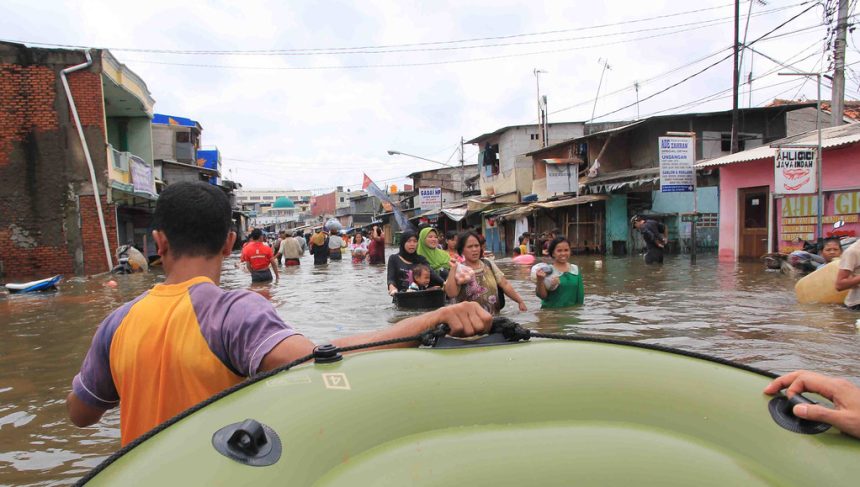What Happened
Torrential rains beginning Monday triggered flash floods and landslides in two Indonesian provinces — Bali and East Nusa Tenggara — leaving at least 15 people dead and 10 others missing. AP News+1
In East Nusa Tenggara, some of the worst-hit areas include the village of Mauponggo (Nagekeo district), where several homes were swept away and a mother and child were buried in mud. Another man was found dead in nearby Loka Laba.
In Bali, rescue teams retrieved bodies from multiple sites including near the Badung market in Denpasar, and in a building destroyed in the Kumbasari market area. Authorities say six people are still unaccounted for in Bali.
Scope of Damage and Disruption
Floodwaters burst riverbanks, inundating over 100 neighbourhoods across nine cities or districts in Bali. Trees, mud, and debris tumbled from hillsides, causing multiple landslides.
Many homes, shops and public buildings were submerged. Critical infrastructure was hit: roads and bridges damaged or blocked, electricity and water supplies disrupted. In Denpasar and some affected areas, authorities said water levels reached up to 2.5 metres in places, forcing evacuations.
Over 800 people have been moved to temporary shelters. Rescue operations have been hampered by ongoing bad weather and difficult terrain.
Response Efforts
Local disaster mitigation and search-and-rescue teams, along with military and other responders, have been deployed to affected regions. Rubber boats have been used to evacuate people stranded by water, especially the elderly and children.
Authorities are working to restore utilities, clear debris and damaged roads, and assess structural damage to bridges, government offices, and farms. Relief efforts include setting up shelters and distributing assistance to displaced families.
Why This Big
This flooding event highlights Indonesia’s recurring vulnerability during its rainy season (roughly September to March), when heavy storms often lead to landslides and floods — especially in areas where terrain is steep and infrastructure is fragile.
Tourist districts in Bali are especially hard hit, raising concerns not only for immediate loss of life and property, but also for economic impacts on locals and businesses reliant on tourism.
What’s Next
Rescue teams are continuing to search for missing people, particularly in remote and mountainous locations. The risk remains that more lives could be lost if flash rains continue and rivers rise again.
There will also likely be assessments of longer-term support needed: rebuilding damaged roads and bridges, helping families return home or relocate, ensuring clean water, restoring electricity, and possibly strengthening early warning systems to better alert communities.











